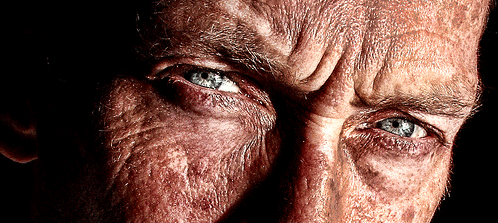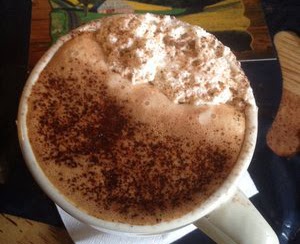This is a question we've been considering for a few years. Are there industries where design thinking is required for survival?
Or, is design thinking something that exists early in an organization and then may be brought back, but is seldom a consistent behavior within an organization? We can use the classic names in design to consider this idea. Apple had some hints of design thinking early in their history, but even then Steve Jobs seemed to fall into the trap of the art side of design in the early years. Method uses design as a tactic, but it would be hard to say they use design thinking across all their offerings. Though the pump product line certainly is a great example.
Moving into industries like retail and entertainment, there are other great examples like Disney, Target and Williams-Sonoma. They all use design (from an aesthetic and experiential perspective) but other than recent conversations with Target, they don't seem to use design thinking as a constant methodology.
Now, the easy answer to the question above is "yes, all industries require it." But, that leaves commodities and price driven business models where the word design isn't even used. So, there are some industries not using principles of design, we have to admit.
Here's a theory. The more important the immersive experience, the more important design is to the organization. For instance, retail has an experience, but the power in a retailer is in buyers and therefore, when it all comes down to it, they would rather design a sale than design an experience. But, burger joints and coffee shops, are run by restauranteurs (hopefully) or people who if they become successful can call themselves by the title. The experience and the food offering, balanced correctly are what make a coffee shop or burger joint a hotbed for design.
Example: FiveGuys, burgers and fries. You can watch them slice the potatoes right there before they enter the frier. Then, when they put a cup of fries in your bag, they throw in an extra cup more to fall to the bottom of your bag. At first glance it's messy and strange, from the senses of someone who studies experiences. But, then consider what you feel when the bottom of the bag is overflowing with fries? Like they designed it for you by throwing in an extra cup -- it makes someone feel special, as if you got a huge bonus of fries. Certainly a designed moment.
Example: Java on Sherman in Coeur d'Alene Idaho spatulas your whip atop your coffee [see image]. And, the whip topping couldn't come from anything other than a fresh batch. The consistency is just a few twists of the blender this side of butter. This is in contrast with something out of a can sprayed atop in Barbie perfect form. The resulting feeling from Java on Sherman is natural, hand-made and far superior to the contrasting example. Clearly a designed moment.
These are mere small examples of a larger universe of restaurants, coffee shops and burger joints where design has to be a fully functioning muscle. Perhaps there are other industries where design thinking is required to even have a chance, we'd like to hear of others if you know. Perhaps, as industries evolve, this is becoming more of a requirement (certainly seems so).
Reply if you have an opinion.


